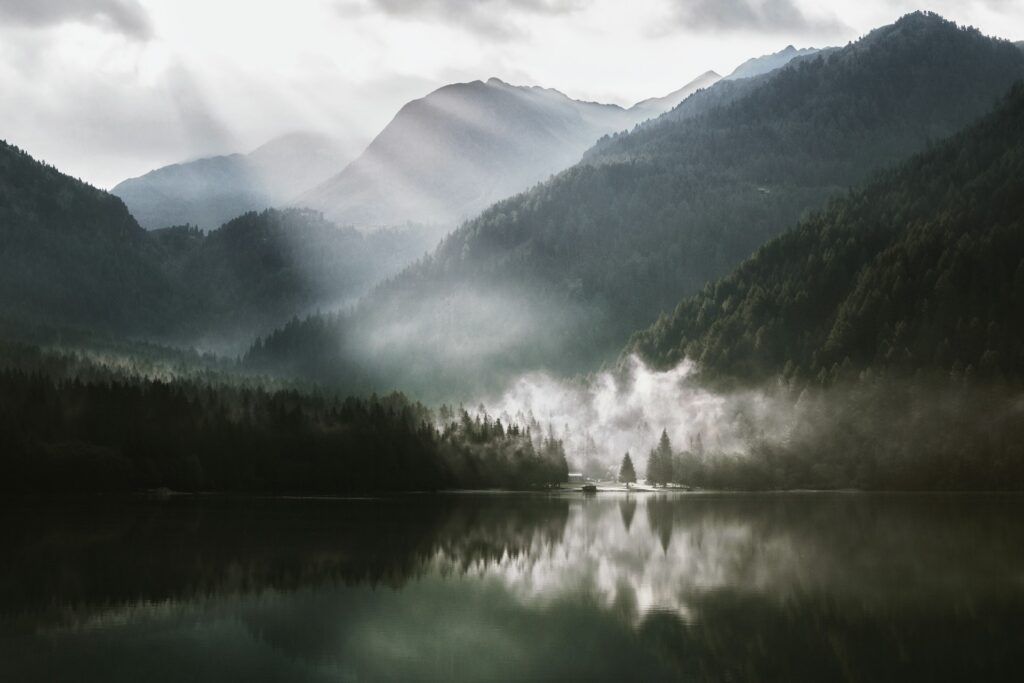When you spend a bit of time in photography, there will almost certainly come a time when somebody comes up to you and asks you what the best settings are for a particular scenario. So today, we are going to cover a single scenario with the best landscape photography settings.
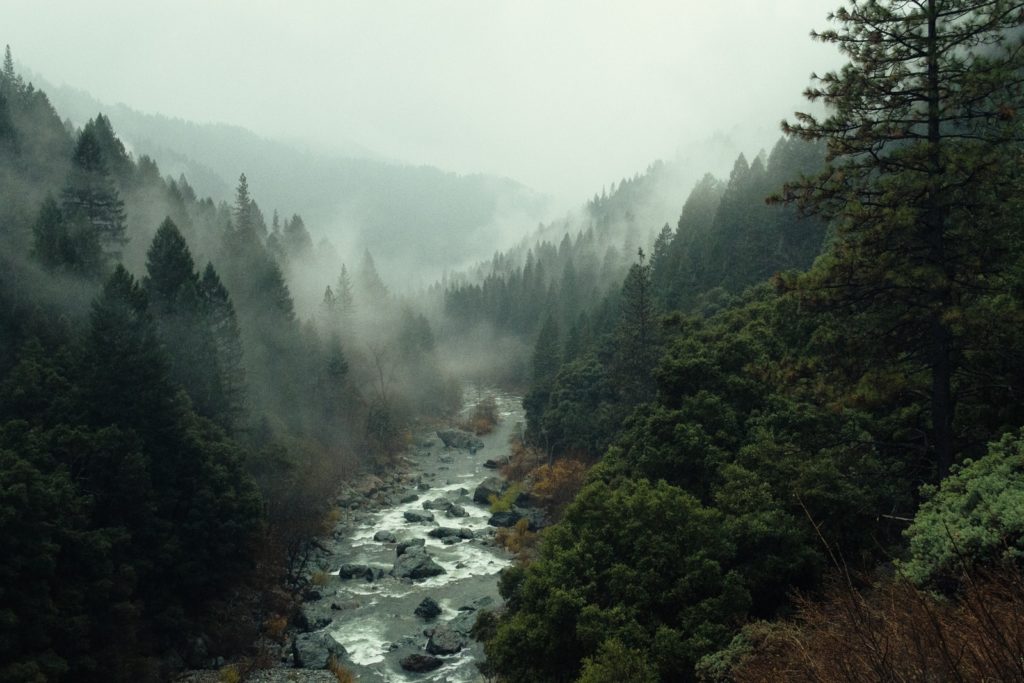
Now the thing about answers like this is that the correct answer is, “It depends.”
But that is probably not what you want to hear from landscape photographers.
So let’s look at this in the spirit of the question. What if we were forced to answer the question with a gun held to our head?
Well…
The best settings usually for landscape photography are the lowest iso possible, smaller apertures and the right shutter speed for correct exposure. Keep the exposure triangle in mind – ISO 100 at f/11 (likely your lenses' sweet spot) and a shutter speed to give you a histogram that looks like a bell (hopefully you use a tripod to avoid camera shake).
Although when you shoot in manual mode you will have creative control over all the settings for a good landscape photo, since you will be selecting a particular aperture value based on your lens' sweet spot, you can choose to shoot your landscape photos in aperture priority mode.
“BUT I DIDN”T GET A GREAT SHOT WITH THOSE SETTINGS!!!” I hear you scream.
Well… yeah. I mean, you probably got something ok, but it isn’t what you were thinking about in your head.
Landscape photography camera settings depend on the amount of light, quality of light in the scene and there is simply no way we can know what light you are shooting in. And a good landscape photograph also depends on many other factors.
Let’s look at a few more nuanced questions that will serve you better than asking the best camera settings for landscape photography.

How about, “How do I get a great landscape photograph?”
Great question!
And while it’s also a huge question, we can knock off some of the main tactics you will need to get a great landscape photograph quite quickly.
One of the best blog posts on the entire process of getting an epic landscape photograph is on this very site, by New Zealand photographer, Chris Gin.
Landscape Photography for the Serious Amateur covers gear setup, camera setting and most importantly why all of those decisions were made. The results are difficult to argue with as Chris is a top notch landscape photographer. The post is well worth your time.
Another way to conceive of the things that you need for a good landscape photograph is in checklist terms. If you check off all of the items on the list, you will probably get pretty close to having a good result.
With that approach in mind, we developed the list of 50 Things You Need to Remember When Shooting a Landscape Photograph.
That might seem like a lot of things (and it is), but landscape photography is a very deep rabbit hole and one that takes a lot of skill and experience to get the type of images that you see in magazines. That list will give you a good grounding in some of the knowledge that you will need to get as you progress through the craft.
How about more specific “time of day” questions?
Now asking “what are the best settings for landscape photography” is a question that is made a lot easier to answer if you add the caveat of what time of day you are talking about.
Let’s dig down into some time of day camera settings that might get you closer to the real answer you are seeking.
Sunrise and Sunset Landscapes
Most photographers will suggest you should be shooting your landscape photographs during the much vaunted “golden hours” which is the time around sunset and sunrise.
You will need a tripod and might also want to consider an ND filter or Neutral Density Graduated Filters, but the results will often make you very happy. You can use these to lengthen exposures when you want to blur water or clouds in the scene.
The settings will still be close to ISO 100, aperture value around f/8 to f/11, but the shutter speed will probably be between 5 and 30 seconds (meaning you will be using a tripod). The settings also depend on how fast the elements are moving in the frame. For example a fast moving waterfall will require a slower shutter speed compared to a slow moving one.
For more in depth guide to this time of day, this is the article to read:
What Everybody Ought To Know About Photographing Sunsets and Sunrises
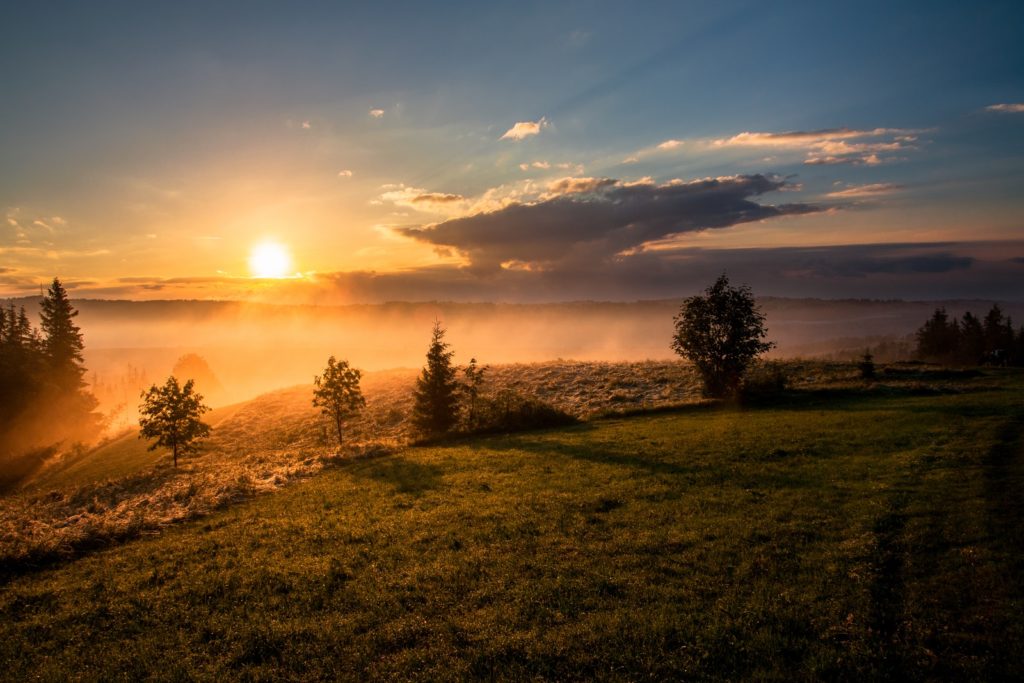
The Best Camera Settings for Landscape Photography at Midday
While most photographers will shy away from shooting landscape images around midday as the light is hard and harsh, sometimes you will have no option but to shoot at this time.
For such occasions, there is an exposure guideline that some photographers use, known as the Sunny 16 rule.
Basically that means f/16, ISO 100 and 1/100th second shutter speed.
Take a look at our Sunny 16 Rule article to see how that works.
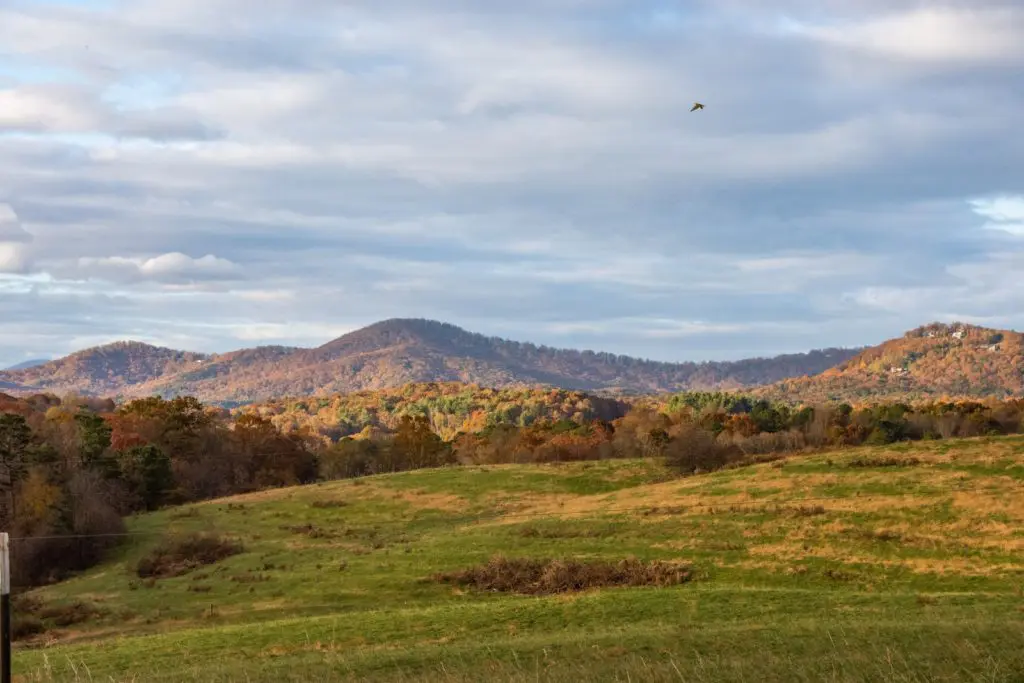
Landscape Photography in Overcast Conditions
You might think that landscape photography on cloudy days is not worthwhile, but you would often be wrong. Many times you will get interesting clouds and weather that can make your images look quite amazing.
Again, you’re probably going to have a lowish ISO (somewhere between 100 and 400) and your aperture is probably going to be around the sweet spot of f/11.
Shutter speeds will depend on exact light (so make sure you have a tripod).
Our guide to shooting outdoors in overcast conditions is probably where you should start to get a deeper understanding of the complexities of shooting in these conditions.
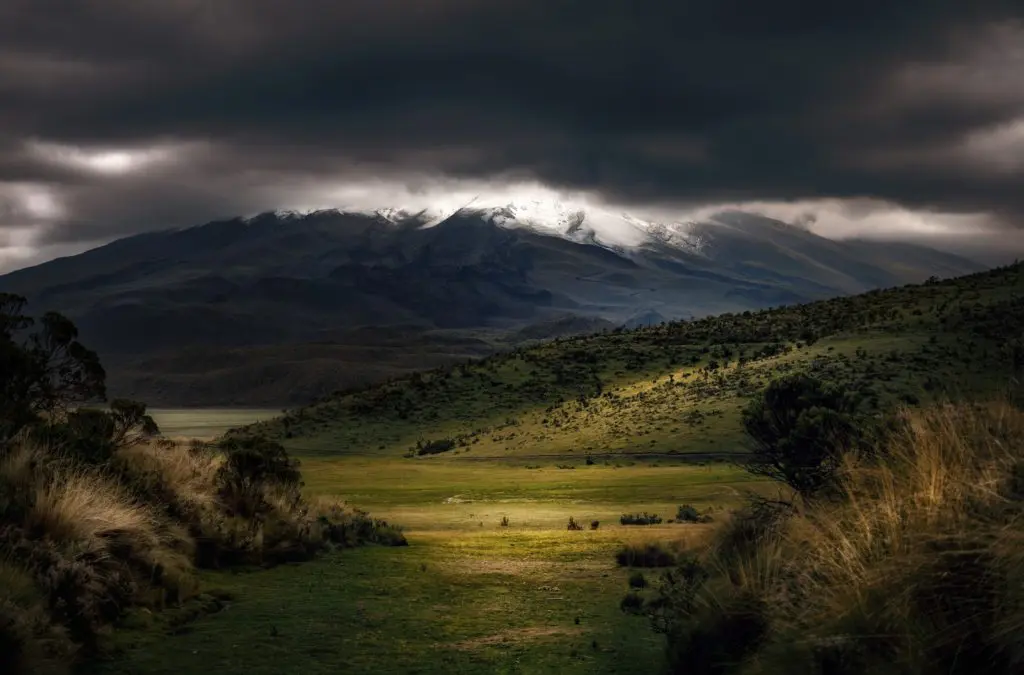
Other Landscape Settings
Of course, the settings on your camera body aren't the only thing you need to be considering. This article on measuring hyperfocal distance for landscape photography will also help ensure you get tack sharp images and have the entire image with all the elements in the scene in focus when you need to. Some quick settings to keep in mind for the highest quality landscape photos are:
- Shoot raw
- Camera mode – Use manual mode which is the best for full creative control or use aperture priority mode if you know the exact aperture settings you'll be using, and shutter priority mode for long exposures.
- Set white balance to daylight, shade, cloudy depending on the light in the scene so you get the best white balance set in the resulting image, or use auto white balance if unsure and make adjustments when post processing.
- Manual focus to get precise and sharp focus on the area you wish to set the focus on. As a general rule, it has to be one third into the scene or hyperfocal distance.
- Faster shutter speed to freeze actions if any (like moving water, swaying trees) and avoid motion blur, especially windy days and slow shutter speed for long exposures.
Final Thoughts
Now the thing to remember about articles like this one is that there are a million exceptions. This is general advice about the best landscape photography settings, but there is no rule saying you must use them and it is very possible to get amazing results by ignoring them completely. What this hopefully gives you is a starting point for your photographs and a base one which to build your own knowledge of the craft.




